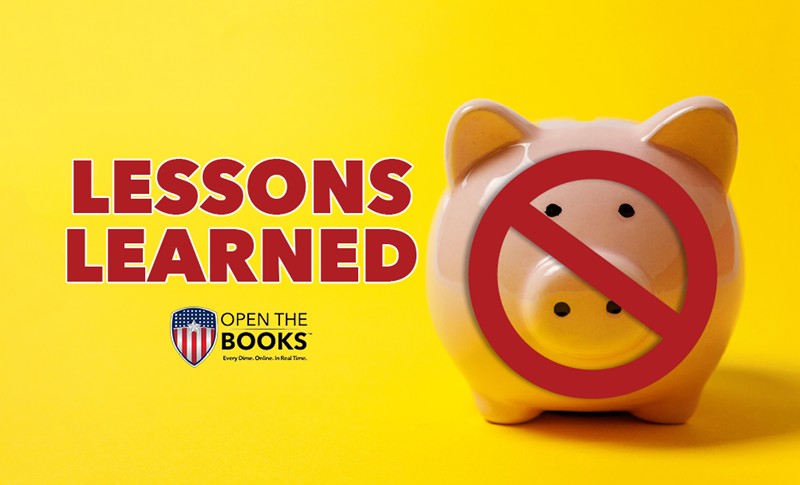

Published at Open the Books Substack
In January 2011, President Barack Obama promised in his State of the Union address to veto any legislation that contained earmarks: money for local pet projects that ignores the strict scrutiny most Congressional funds are subjected to.
Obama’s support helped finalize a moratorium on “pork barrel” spending championed for years by Sen. Tom Coburn and other “Tea Party” era leaders. Congress did not pass a single earmark in 2011 after ages of seemingly unlimited spending.
In the 11 years before the ban was instituted, from 2000 to 2010, Congress spent an average of $20.4 billion per year on earmarks. In the 11 years the ban was in place, from 2011 to 2021, the average dropped to $7.6 billion — a 61% decrease.
The graphic below shows a timeline in which earmarks continued on their previous ten-year trajectory compared to what Congress actually spent on earmarks. The earmark ban saved taxpayers an estimated $141 billion in just 11 years.
READ MORE ABOUT WHY THE EARMARK MORATORIUM SHOULD BE RESTORED TO HELP THE WORK OF DOGE